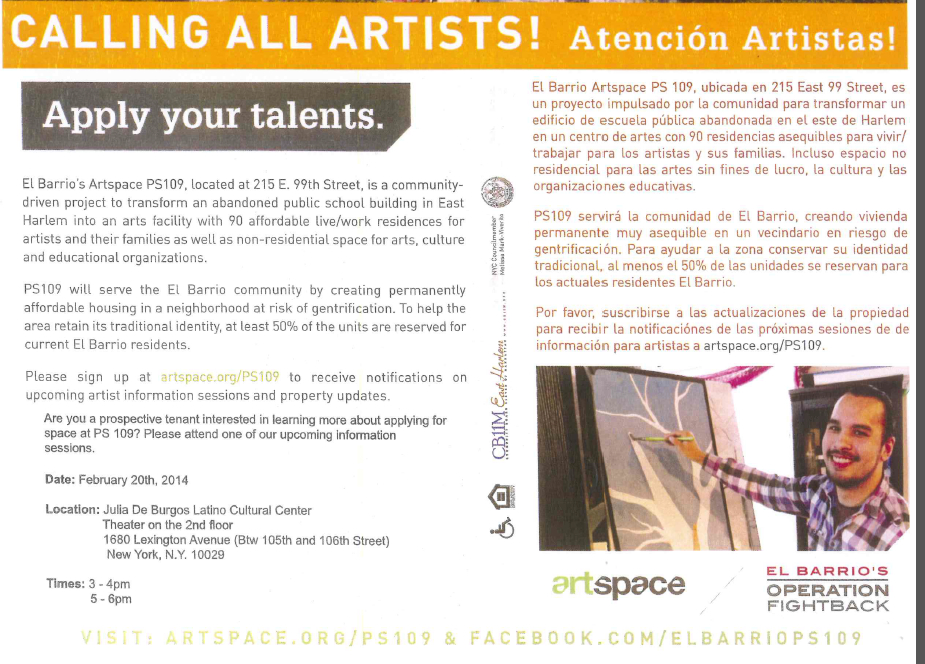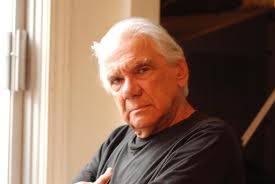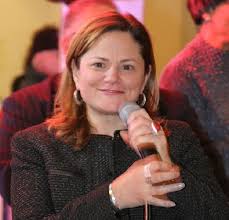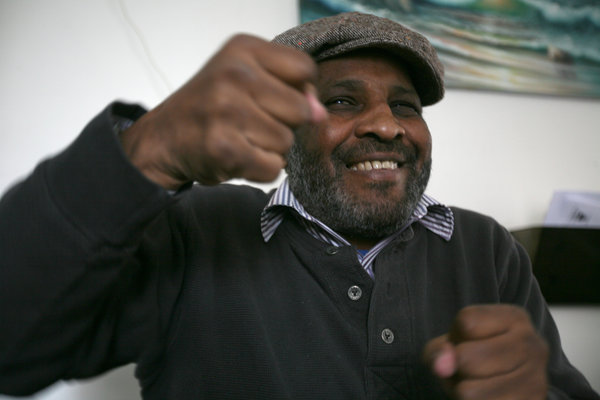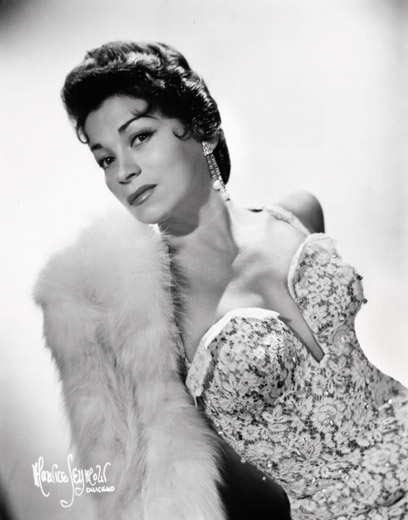The NiLP Network on Latino Issues (February 19, 2014)
According to NY1 News/Noticias Political Commentator Gerson Borrero on his
February 17th NY1 Noticias’ weekly segment, Para Que Lo Sepas:
The first meeting of the newly-constituted Board of Directors of the National Puerto Rican Day Parade will be held on Saturday, February 22 at 10am at their headquarters, 2804 Third Avenue, 5th floor, Bronx, NY 10455.
Despite efforts to keep the newly reorganized Parade politically independent, NYC Council Speaker Melissa Mark Viverito is reportedly inviting herself to the first meeting of the Parade Board to address the group, which many see as inappropriate.
There is increasing concern in the community about the NYS Attorney General Eric Schneiderman’s failure to bring criminal charges against the Parade’s marketing agent, Carlos Velasquez of the Galos Corporation. Despite finding that he stole $1.4 million from the Parade, Schneiderman only required Velasquez to repay back a measly $100,000, and to do so in installments!
Although Velasquez was forbidden by Schneiderman’s office from any further association with the Parade, Borrero discovered that Velasquez’ Galos Corporation still listed the Parade as a client! Upon notifying the AG’s office of this by Borrero, the corporation’s websites are now listed as being “Under Construction.”
Despite the findings of serious wrong doing by Carlos Velazquez, it is troubling that he is being allowed to do business with the Hispanic and Dominican Parades.
Borrero, who broke the Parade scandal story in the February 1st edition of The New York Post, will continuing discussing issues confronting the Parade, along with NYS Senator-Reverend Ruben Diaz, Sr., on the Sunday, February 23rd edition of Tiempo, hosted by reporter Joe Torres on WABC-TV New York, Channel 7 at 11:30am.
Among those found guilty of the looting of Parade resources was Debra Martinez, who headed the nonprofit arm of the Galos Corporation, the Diversity Foundation. According to the Attorney General’s office: “The settlement agreement also requires the dissolution of the Diversity Foundation, with any remaining assets to be distributed by the Attorney General’s office in a manner consistent with the scholarship purposes for which the funds were solicited. In addition, for a period of five years, the members of the Diversity Foundation’s board, its Executive Director Debra Martinez and its advisor Karen Pillot are barred from serving as an officer, director or employee of NPRDP or in connection with any parade-related activity.” In light of this, a video of Martinez promoting the 2013 Puerto Rican Parade has been making the rounds.
If you have any information about the Parade, positive or negative, that should be widely known in the Latino community, please let us know at info@latinopolicy.org. Your name will be kept confidential if requested.
The NiLP Network on Latino Issues is an online information service provided by the National Institute for Latino Policy (NiLP). For further information, visit our website at www.latinopolicy.org
